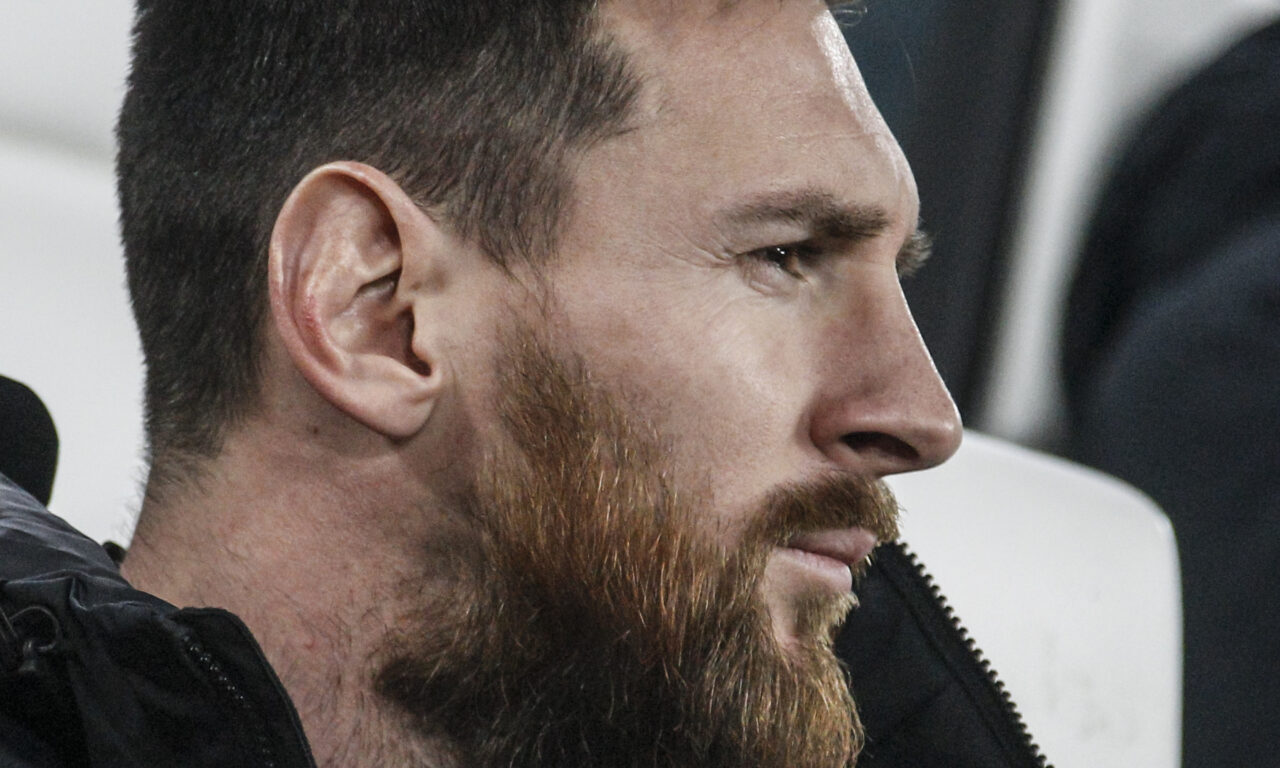How Messi’s MLS transfer will supercharge an already booming US soccer market

Following news that Lionel Messi will be joining Inter Miami in the MLS, we take a look at how this latest move will supercharge the US Soccer market's wider commercial expansion. We discuss what the unique US audience, the current sponsorship activity in the MLS, and a growing appetite for the women’s game has done to help the beautiful game reach North America culturally and commercially.
At the dawn of a 10-year global media rights deal with Apple, an updated MLS Cup Playoffs model, and the proliferation of grassroots activity in the women’s game, US soccer is cementing itself as one of the most promising markets for sponsorship in the sporting world.
Enjoying The Sponsor? Create a free account to continue reading
Register now to unlock the very best expert insights, practical tips, and emerging trends to maximise the value of your sponsorships.





